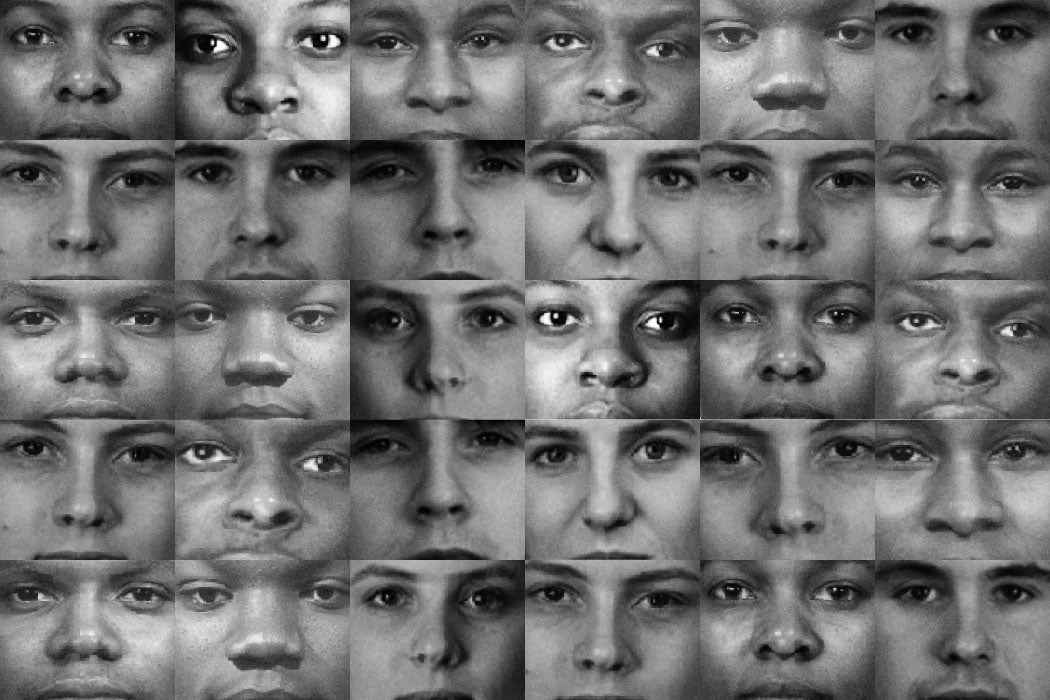Immigration has been in the news recently on both sides of the pond. In Great Britain, the anti-immigration UK Independence Party won only its second ever seat in Parliament, placing immigration firmly at the top of the agenda for next year’s general election. Meanwhile in the US, Barack Obama unveiled controversial plans to grant temporary legal status to some categories of illegal immigrants. And before the dust had settled on this announcement, the broader issue of race was back in the headlines, first with the shooting of Tamir Rice in Cleveland; next with the grand jury decision not to indict Ferguson police officer Darren Wilson over the death of Michael Brown.
Why do we find the issues of immigration and race so difficult? Professor Anthony Greenwald of the University of Washington has some answers. Greenwald is the inventor of a test that can be used to tap into our implicit feelings about race. (This test has been so successful, and, as a result, so widely used, that a satirical article in the highly respectable journal Perspectives on Psychological Science explored the possibility of giving the test to both the unborn and the deceased). If, before reading any further, you’d like to take Greenwald’s test for yourself, you can do so online here. But be warned, most people aren’t particularly happy with what they find.
The test works like this. In the first part, a face or a word appears on the screen, and the participant’s job is to press one button if the face is black or the word is negative (e.g., mean) and a different button if the face is white or the word is positive (e.g., happy). In the second part of the test, the pairings switch around. Now, black faces share a button with positive words, while white faces share a button with negative words. If people are slower at the button-press task in the second part of the test than the first, this demonstrates that they subconsciously link black faces and negative words; that is, they show evidence of implicit racism.
So what happens when people take this Implicit Association Test (IAT)? You can find out in this review paper. Basically, the majority of people are at least a little bit racist. An implicit preference for European Americans over African Americans is shown by high school, college, and graduate school students; by under 25s, 25s-45s and 45-plusses; by men and women; by conservatives, middles and−to a lesser extent−liberals; by whites, Asians, Pacific Islanders and Hispanics. In fact, pretty much the only people who don’t show this prejudice are African Americans themselves. And even then, there is a disconnect between their reported attitudes (59% report themselves as favoring African over European Americans, and only 5% the reverse) and their attitudes as reported by Greenwald’s test (34% show an implicit preference for black over white faces, with 32% showing the reverse). One particularly important follow-up study by Nilanjana Dasgupta, et. al. in Psychological Inquiry (Vol. 14, No. 3/4, 2003) revealed an implicit preference for “white names” over “black names”, even when the names were matched for frequency (i.e., for how commonly each name is typically encountered). This finding is important as it demonstrates that participants don’t have negative attitudes to names or faces that are unfamiliar, but to names or faces that are black.
Neither are other minorities off the hook. The test shows that Americans implicitly favor whites over Asians, Americans over Canadians, American places over foreign places, straight people over gay people, Jews over Muslims, young over old, fat over thin and−by far the biggest difference of all −rich over poor (well, the American dream and all that).
What does the Implicit Association Test tell us about immigration, and about the tragic cases of Michael Brown and Tamir Rice? With regard to immigration, it tells us that trying to persuade voters of the economic case for immigration is unlikely to be an effective strategy. The majority of voters have at least some implicit negative gut-feeling towards other groups (and not just racial groups; remember, Americans even show a mild dislike of Canadians). And since, in many cases, people are unaware of their own prejudices (and even horrified when they are revealed by the IAT), they are unlikely to be able to reason them away. With regard to police shootings of African Americans, the IAT tells us that, whatever protocols are in place, and even despite their own best efforts, few officers are going to able to be completely color blind in a tense stand-off with a suspect.
So where do we go from here? The implication of the IAT is that, if we are to overcome racial prejudice, we need to change hearts rather than minds. And so it seems. Greenwald’s review paper reports that studies in which participants first identified admired African Americans (e.g., political leaders) and disreputable European Americans (e.g., serial killers) showed (modestly) reduced levels of bias on the IAT. A similar effect was produced by having an African American experimenter administer the test. Perhaps most encouragingly, one recent study (open access) found that giving white participants training in simply telling black faces apart from one another also worked to reduce bias on the IAT, presumably because it encouraged them to treat African Americans as individuals, rather than a homogenized “other.”
Given these tragic cases and difficult questions, it seems trite, almost impertinent, for psychologists to propose such seemingly simple solutions. But isn’t it worth a try? In some small way, maybe we can begin to make progress on these issues simply by teaching people to discriminate between people of other races, rather than against them.







